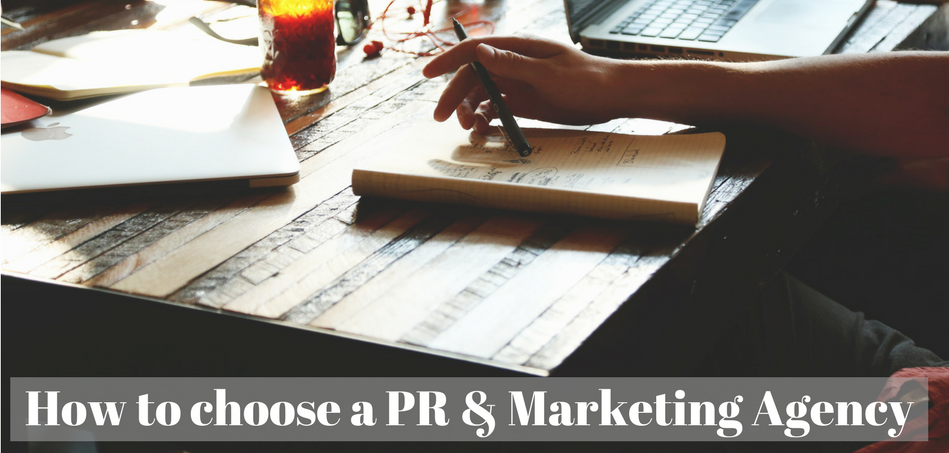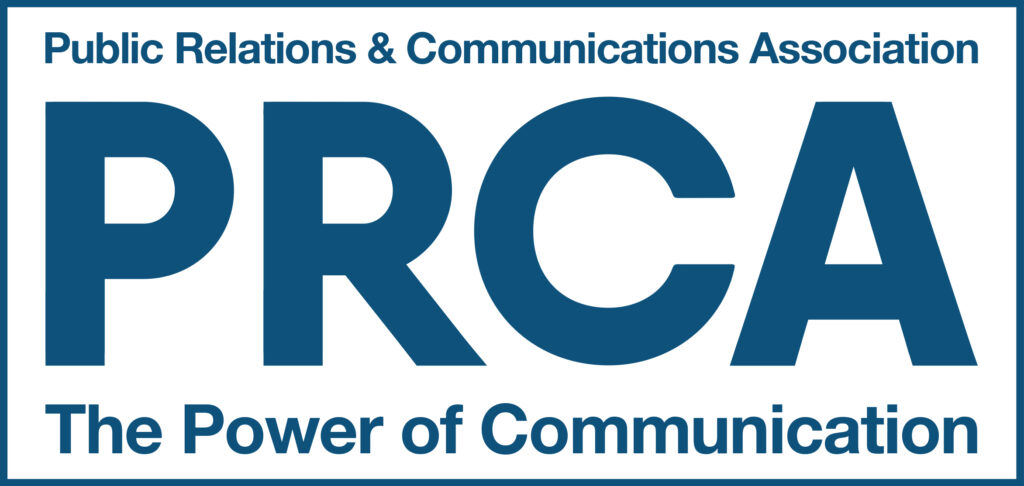Showcase your brand’s personality through blogging
Like social media, blogging is a great way to demonstrate your business’s unique selling point.
Blogging allows you to offer tips, advice and opinions on topical issues and trends affecting your sector. By talking about things that matter to your customers within a blog format you increase the chances of your content being read, being perceived as a thought leader and recognised as being experts at what you do.
In addition, blogging humanises a brand, especially when readers are given a glimpse of what goes on behind the scenes of your business. It can also increase your credibility and build a measure of trust with your customers. Interestingly, blogs are rated at the 5th most trusted source for accurate information.
Blogging also supports your SEO strategy. Search engines favour websites that publish fresh content over those that don’t, and by building quality inbound and outbound links to your blog, you will boost your SEO ranking.
Now that we’ve explained why blogging is great for business, you might be wondering, how do I start?!
Here’s our advice…
Content is King
This old saying is now more relevant than ever, especially considering that the way in which content is used can directly impact the visibility of websites. Useful content rich in keywords incorporated within business blog posts, along with the use of structured titles and section heads, are important to improving SEO. Great content is recognised as a worthwhile resource for people to consume, helping you to move further up Google’s search ranking results. (For more digital marketing terms check out our glossary).
Cross-promote
You may be writing the best content ever, but it’s no good unless someone sees it! Therefore, it’s imperative to promote your posts via every outlet available, whether it is through emails, your website or social media, as this will also help drive referral traffic to your website. As stated in a previous blog post, Facebook for example, drives over 40% of website referral traffic. If you want your content to go viral, make it relevant, insightful and attractive to the consumer. And make it easy to share; Better yet, include images or even video, as these will attract far more views and engagement.
Consistency
When you start blogging, don’t be disheartened if, at the beginning, no one reads your posts. Stick at it and be consistent, but it’s also important to be realistic. If you only have the time to blog once every two weeks, commit to it and don’t stray. Struggling for content or pushed for time? Ensure there is a reserve of blog posts which can later be scheduled in case of time restraints, allowing you to still promote content when you are away, or are stuck for inspiration.
However, many professionals recognise that it’s a challenge to constantly produce engaging content. If you don’t have the time or resources, we can write blog posts on your behalf or manage, promote and create engaging collateral using existing blog content, making your business stand out from the crowd.
Call us on 01483 537890 or, alternatively, email michael@brookscomm.com We can help you with all your blogging needs and improve your SEO, successfully reaching and engaging your target audience.
Follow us @PRexpertsUK Linkedin: brookscomm Website: www.brookscomm.com








